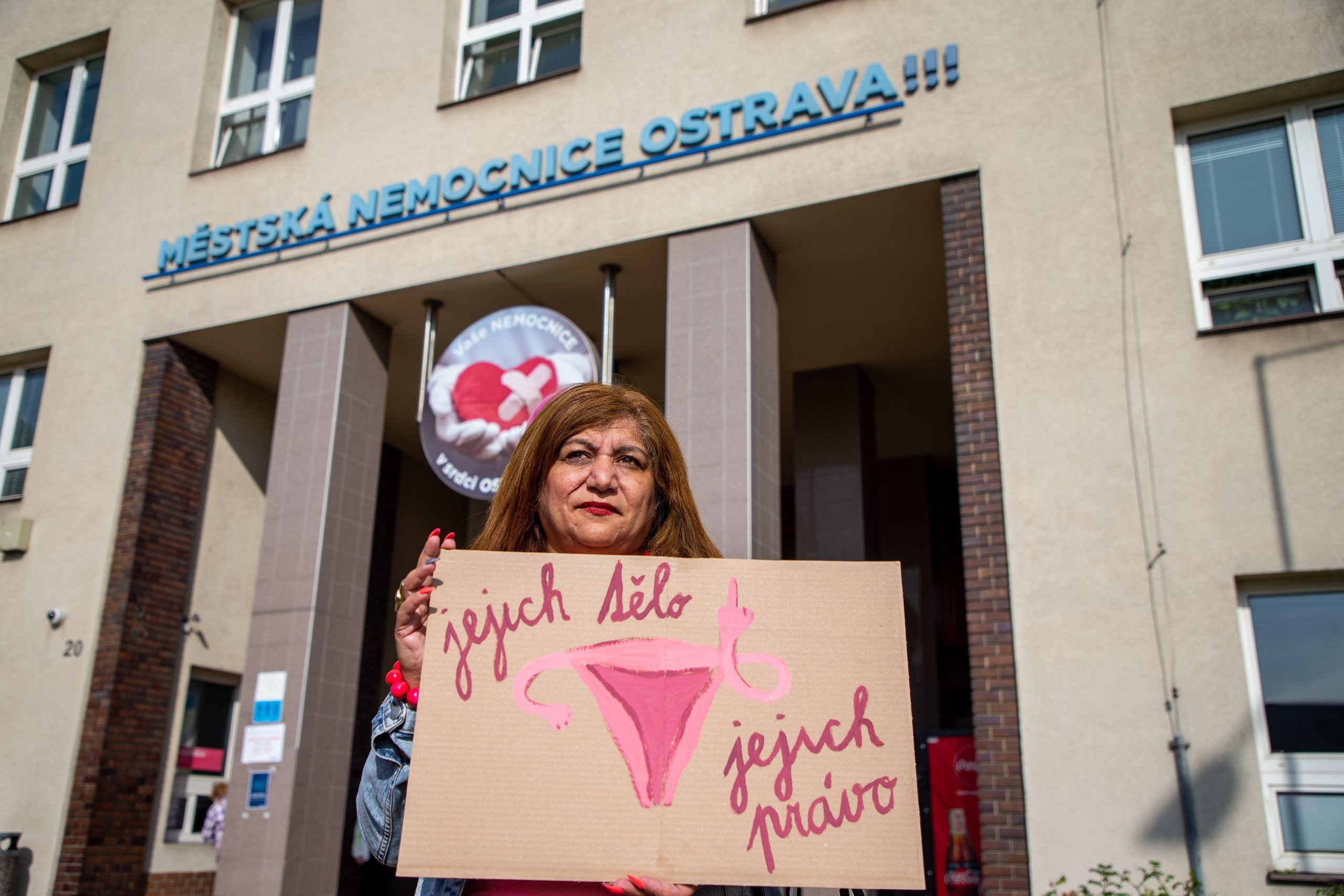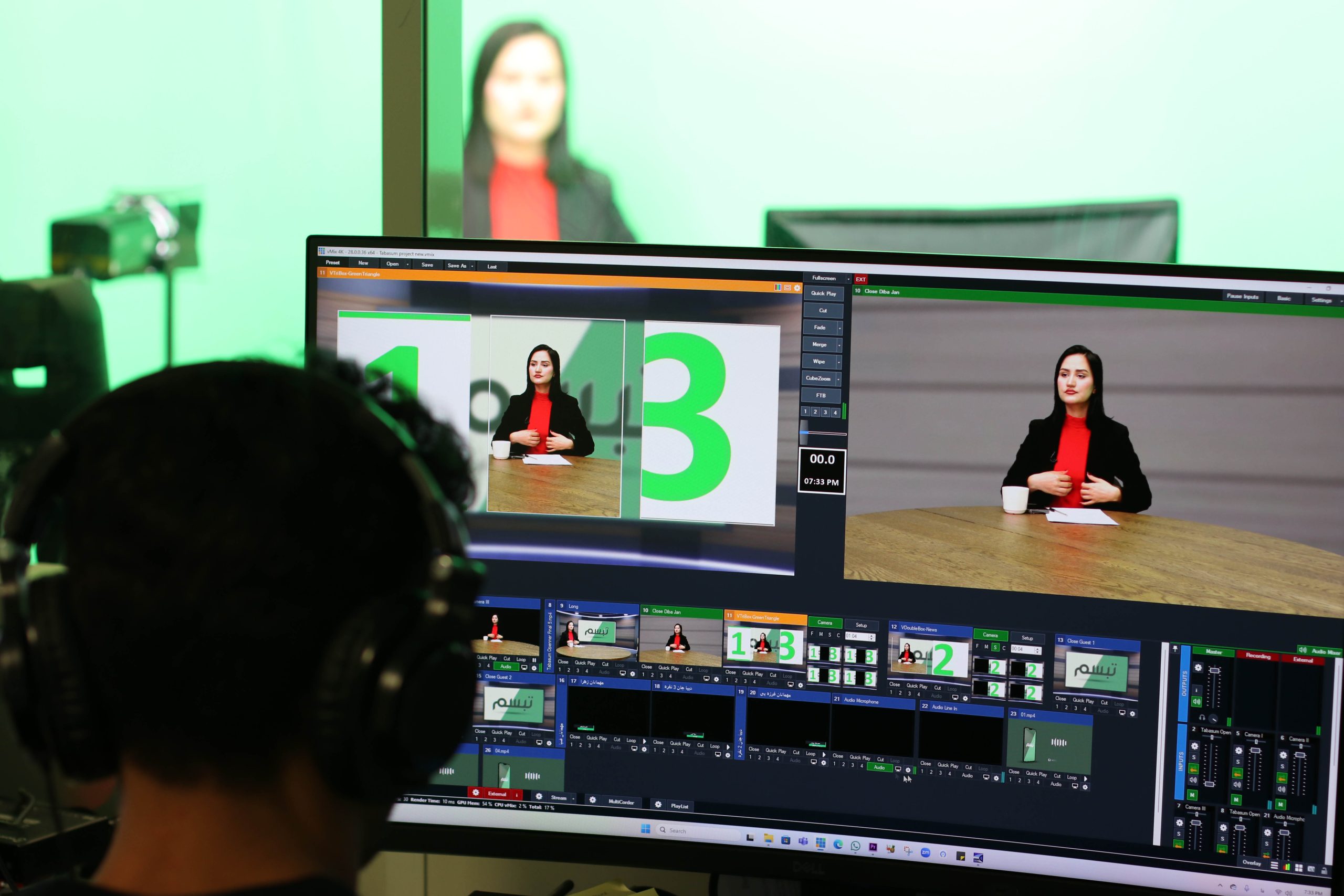
A lot, say the press and the Supreme Court agrees. Jen Robinson writes about the landmark decision that reversed an alarming trend of anonymity and ‘alphabet soup’ in the British justice system
The decision handed down by the Supreme Court last week means that newspapers and broadcasters will be able to name the parties in court cases much more readily whenever there is a genuine news value in informing the public about the background to the case. But doesn’t the open justice principle already require that all parties before a court be named? And doesn’t free speech already ensure the right of the press to report legal cases and litigants’ identities to the public? The “recent efflorescence” of anonymity orders over the names of litigants had seriously called into question these fundamental principles. But the Supreme Court, in its first judgment on free speech, said that this trend must stop.
In an application by British and US newspapers and media defence organisations, orders giving anonymity to four terror suspects appealing against asset-freezing orders were overturned. The justices held that there “never was the slightest justification” for such orders and said “the courts below appeared to have granted anonymity orders without any very prolonged consideration and without explaining their thinking”. Indeed, so deeply ingrained had the habit of anonymisation become that Geoffrey Robertson QC, acting for the media, joked that the new court’s “first term docket reads like alphabet soup”. A joke, of course, but his provocative remarks highlighted an alarming reality.
The application was made by Index on Censorship, Guardian News and Media, Times Newspapers, Associated Press, Bloomberg News, Dow Jones, the Economist, Article 19 and the Media Legal Defence Initiative to challenge a trend that seriously undermined press freedom and the role of the press in fostering public debate on issues of public importance, in this case, the limitations placed on fundamental human rights by anti-terrorism measures.
Anonymity orders —as exceptions to the starting point of open justice and free speech — have long been justifiable in extreme cases, such as when a party or witness in proceedings or their family might be in peril of their lives or safety as a result of being identified. But in recent years such orders have been sought by a wider range of litigants, from terror suspects to parties in divorce proceedings and, as seen in the recent Edlington torture attack case, third parties such as doctors and social workers.
The evidence presented by the media applicants illustrated that anonymity orders were being made — often by the consent of both parties — without the courts considering in any detail the justification for it. As the Supreme Court noted, “when both sides agreed that information should be kept from the public, that was when the court had to be most vigilant”. This was a case in point.
Indeed, the Supreme Court was particularly concerned that appellants and their lawyers had misled the courts.
All five applicants had been given anonymity by the courts below and appeared in the court docket as A, K, M, G and HAY. Following the initial hearing on 5 October 2009, the applicant initially referred to as G was named as Mohammed al-Ghabra, after having been identified through a Bank of England press release and the UN 1267 Committee Listing. Mr al-Ghabra has been named by the US as a terrorism recruiter and fundraiser. He is accused of keeping contact with senior al-Qaeda figures in Pakistan and of having links with the 21/7 bombers.
The Supreme Court ruled that the other four, A, K and M, and HAY, would retain anonymity pending consideration of evidence on their continued need for anonymity at a substantive hearing on 22 October 2009.
A, K and M are brothers in their thirties and have appeared on a list of those suspected of financing terrorism. An al Qaeda operative had alleged that A and M were al Qaeda facilitators based in London. It was also alleged that K and M were involved in funding al Qaeda contacts in Pakistan.
During the course of proceedings it emerged that A and K had left their addresses in London. They had not been in touch with their solicitors and their solicitors did not know their whereabouts or how to contact them. Solicitors for A and K were therefore acting without instructions — and on public funds. No evidence, let alone compelling evidence, was submitted to support the continuing anonymity of A and K.
However M and HAY objected to the application, saying they should remain anonymous because identifying them would have a serious effect on their private lives and their families. HAY also claimed that identifying him would expose his relatives in Egypt to the risk of retributive action by the Egyptian authorities. But HAY – Hani El Sayed Sabei Youssef — did not tell the Supreme Court that he had been broadcasting on Al-Jazeera for many years on jihadi issues and had sued the Home Office for wrongful imprisonment in an openly reported case. Nor did his lawyers inform the court of this.
Investigations by solicitors for the media revealed that Youssef was also known as Dr Hani al-Seba’i, director of the al-Maqrizi Centre for Historical Studies in London. Under that name he has given provocative statements approving bans on Muslim school girls taking part in physical exercise and was widely condemned when he said that the London tube bombings were “a great victory” that “rubbed the noses of the world’s eight most powerful countries in the mud”. Youssef had previously mentioned his own family in the press, including the fact they live in Hammersmith.
Lord Rodgers, delivering the judgment for the court, concluded that despite this,
“there is no evidence that any members of his family, whether in this country or in Egypt, have been adversely affected in any way. These matters, which must have been well known to Youssef, should not have been concealed from the courts.” On this basis, the court concluded that, “there never was the slightest justification for making an anonymity order in his case. It must be set aside.”
The court recognised the public interest in the press being able to name litigants.
Stories about identifiable individuals
“are simply much more attractive to readers than stories about unidentified people. It is just human nature…editors know best how to present material in a way that will interest readers…A requirement to report it in some austere, abstract form, devoid of its human interest could well mean that the report will not be read and the information will not be passed on.”
Further, the court agreed with the media applicants’ submissions that being able to identify those so adversely affected by government anti-terrorism measures, such as the asset freezing orders in this case, was immensely important in educating the public about the injustices these men suffered. The court recognised and highlighted these injustices in its separate judgment, which quashed the Treasury terror assets orders.
“A report of the proceedings challenging the freezing orders which did not reveal the identities of the appellants would be disembodied. Certainly, readers would be less interested and, realising that, editors would tend to give the report a lower priority. In that way informed debate about freezing orders would suffer.
“On the other hand, if newspapers can identify the people concerned, they may be able to give a more vivid and compelling account which will stimulate discussion about the use of freezing orders and their impact on the communities in which the individuals live. Concealing their identities simply casts a shadow over entire communities.”
While allowing the media to identify the men could lead to “outrageously hostile” coverage about them, that was “not sufficient reason for curtailing that freedom” for all members of the press. Given that none of the terror suspects could show that identifying them would put anyone at risk of physical violence, the orders were lifted and each of the applicants was named.
Solicitor for the media, Mark Stephens of Finers Stephens Innocent, said: “This case was brought because judges were being hoodwinked into covering up the names of litigants and defendants and had forgotten the importance of free speech.
“Government lawyers too were at fault in supporting and justifying unjustified claims to secrecy.”
The decision should also put a stop to other unjustified claims to anonymity, such as those arising out of the Edlington case, Stephens added:
“It is overwhelmingly in the public interest that the press should investigate and explain the background to this brutal and tragic crime…Indeed, it was a complete outrage that doctors and social workers in that case should have also sought anonymity, until now, such has been the expectation of anonymity of even third parties.”
“No court henceforth should grant an anonymity order in a significant case unless it is satisfied that the litigant, if identified, would be in serious danger of physical attack.”
And we are back to where we were — and should have always been.
Jen Robinson acted for the media applicants in Guardian News and Media and Others [2010] UKSC 1. She is an associate in the media, human rights and international litigation department at Finers Stephens Innocent.




